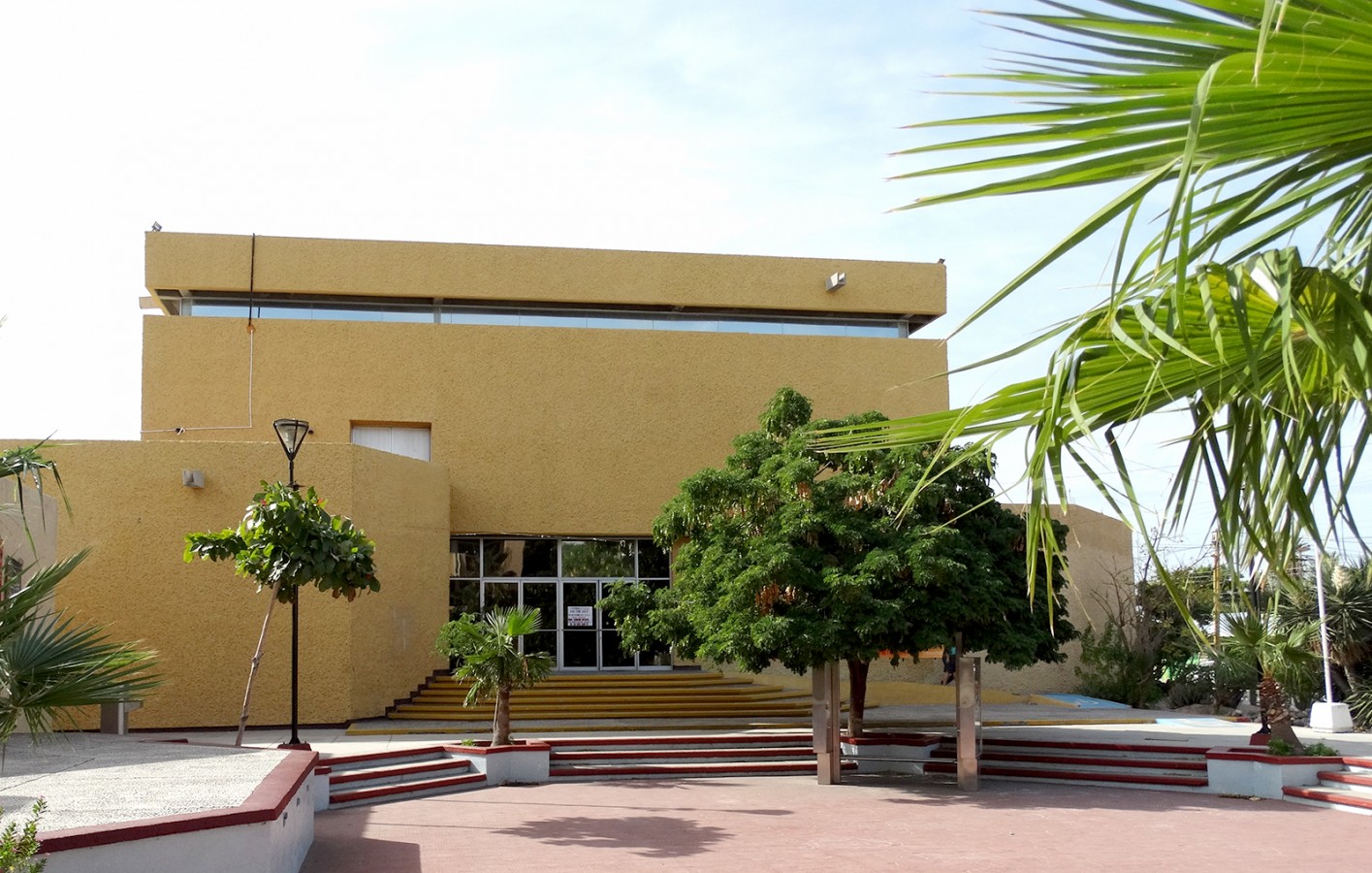Treasures Retrieved from the Shamans
One of the religious practices the shamans of Baja California were accused of was idolatry, considered to be evil and a great sin during the Vice-regal period, as it was said to be linked to the devil. The indigenous figurines which are exhibited in the museum are material evidence of the religious traditions of the groups of hunter-gatherers in the area of Loreto and San Bruno. They were part of their sacred repertoire as they were used as objects of worship in rituals where it was believed that the presence of a greater spirituality existed. As objects of worship, the figurines used to be hidden with extreme care in secret places. They would be brought out from these places for special ceremonies according to the calendar. That is to say, these ceremonies were planned in advance in accordance with observations of the celestial sphere. Many of these objects of worship, made from stone, were destroyed by the Jesuit missionaries together with the majority of the magical objects used by the shamans. As a result, the pieces take on greater relevance, because they were saved from this destruction and now provide material evidence of what the first indigenous cultures in Baja California believed. It was discovered that, as part of their performance repertoire, the shamans would have carried out dances and songs for many days and nights in the sacred places belonging to them. Generally speaking, these displays were made in front of one of these idols, which represented one of their main deities and were placed on an altar especially built for religious celebrations. These figures, originating from the north of Loreto, are among the few that were saved from destruction.







